Narikala Fortress, often referred to as “the heart and soul of the city,” is an ancient and iconic landmark perched on a steep hill overlooking Tbilisi, Georgia. It offers breathtaking panoramic views of the city, the Mtkvari River, and the surrounding landscapes.
History:
- Ancient Origins: The fortress dates back to the 4th century AD, built around the same time as the city of Tbilisi itself. Initially, it was a Persian citadel known as “Shuris-Tsikhe” (the Enviable Fortress).
- Expansion and Transformations: Over centuries, Narikala was expanded and modified by various rulers and invaders.
- 7th-8th centuries: Significantly expanded by the Arabs, with much of the current citadel reflecting Arabian fortification styles.
- 11th-12th centuries: Further developed, including by King David the Builder.
- 13th century: The Mongols renamed it “Narin Qala,” meaning “Little Fortress,” which is the origin of its current name.
- 16th-17th centuries: Most of the extant fortifications visible today date from these centuries, with additions by the Persians who used it as a garrison.
- Destruction and Partial Restoration: In 1827, a major earthquake (and potentially a munitions explosion) severely damaged the fortress, leaving much of it in ruins. While it hasn’t been fully restored to its original state, parts of the walls have been repaired and rebuilt, particularly in the late 20th and early 21st centuries. There’s an ongoing restoration project that began in 2020, aiming to strengthen and preserve the existing structures using authentic materials.
Architecture and Features:
- Strategic Location: The fortress is strategically situated on a rocky ridge, making it a formidable defensive structure that once protected the city from numerous attacks.
- Two Walled Sections: Narikala consists of two main walled sections on the steep hill, positioned between the sulfur baths district and the Tbilisi Botanical Garden.
- Walls and Towers: The surviving stone walls and towers showcase a blend of architectural styles from different historical periods. Some notable towers include:
- Istanbul Tower (16th century): A roofless turret that once served as a jail during the Turkish occupation.
- Shakhtakhti Tower (7th-9th centuries): Located in the west, this tower was historically used as an observatory during Arab times.
- St. Nicholas Church: Located within the lower court of the fortress, the Church of St. Nicholas (Surb Nikoghayos) is a significant feature. The original 13th-century church was destroyed by fire and was rebuilt in 1996-1997 in the traditional “prescribed cross” type, consistent with the surrounding fortress architecture. Its interior is adorned with frescoes depicting biblical scenes and episodes from Georgian history.
- Ruins and Archeological Findings: While much of the fortress is in a ruined state, visitors can explore various battlements and partially rebuilt walls. Archaeological excavations have revealed remnants of older structures, including part of a royal palace and secret tunnels.
- Water Supply System: Historically, Narikala had a well-developed water supply system and even secret tunnels leading to the Mtkvari and Tsavkisis-Tskali rivers.
Visiting Narikala Fortress:
- Access:
- Cable Car: The most popular and scenic way to reach Narikala is by taking the modern cable car from Rike Park, offering stunning aerial views of the Old City. The ride costs 2.5 GEL and requires a “Travel Card” (which can be purchased at the cable car station for 2 GEL).
- Walking: You can also hike up to the fortress from the Old Town, either from Meidan Square or via the scenic Betlemi Street Stairs (leading off Lado Asatiani Street in Sololaki).
- Admission: Entry to Narikala Fortress itself is free of charge.
- Hours: The fortress is generally open year-round, typically from 8:00 AM to 8:00 PM. The cable car operates from 10:00 AM to 10:00 PM.
- What to Do:
- Explore the Ruins: Wander through the ancient walls and towers.
- Visit St. Nicholas Church: Step inside to admire the frescoes.
- Panoramic Views: Enjoy breathtaking vistas of Tbilisi, including the Metekhi Church, the Monument of Vakhtang Gorgasali, the Bridge of Peace, the sulfur baths district, and the sprawling city.
- Kartlis Deda (Mother of Georgia): A short walk from the fortress, atop the same hill, stands the 20-meter-tall aluminum statue of Kartlis Deda, symbolizing the Georgian people’s strength and resilience (holding a bowl of wine for friends and a sword for enemies).
- Tbilisi Botanical Garden: The fortress provides direct access to the botanical garden at its rear.
- Tips:
- The terrain within the fortress can be uneven, with steep stairs and precarious drop-offs, so comfortable shoes are recommended. There are very few safety rails in some areas.
- Early morning offers the best light for photography and fewer crowds. Sunset and night visits are also popular for illuminated city views.
- Local vendors near the entrance sell traditional Georgian snacks like Churchkhela.
Narikala Fortress is not just a historical site; it’s a living testament to Tbilisi’s enduring spirit and a must-visit for anyone seeking to understand the city’s rich past and enjoy its spectacular present views.
Top Tour Picks for You
Tbilisi, Georgia
Ananuri, Gudauri & Kazbegi Tour from Tbilisi | Georgia’s Caucasus Mountains
5
(2 Reviews)
From ₾307,97
8 hours
Tbilisi, Georgia
Kakheti Wine Region Tour from Tbilisi | Wine Tasting, Sighnaghi & Bodbe Monastery
5
(2 Reviews)
From ₾252,00
7 Hour
Batumi, Georgia
Prometheus & Sataplia Caves Tour from Batumi | Dinosaur Footprints & Underground Rivers
5
(2 Reviews)
From ₾924,00
10-14 Hours
Tbilisi, Georgia
Tsalka Canyon Glass Bridge & Dashbashi Waterfall Tour from Tbilisi
5
(1 Review)
From ₾322,00
7 Hours
Tbilisi, Georgia
Mtskheta & Jvari Monastery Tour | Georgia’s Ancient Capital & UNESCO Sites
5
(2 Reviews)
From ₾195,97
5-7 Hours
Tbilisi, Georgia
Tbilisi Old Town Walking Tour | Explore Historic Sites & Hidden Gems
5
(1 Review)
From ₾195,97
3-4 hrs.

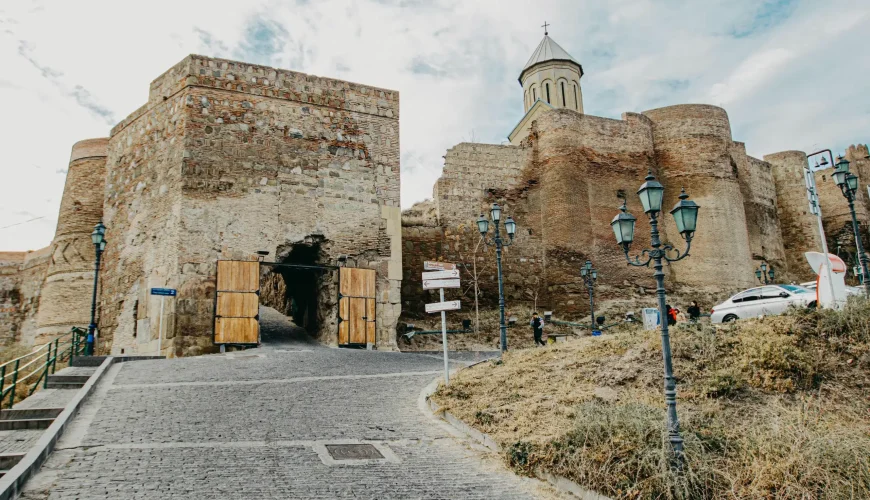
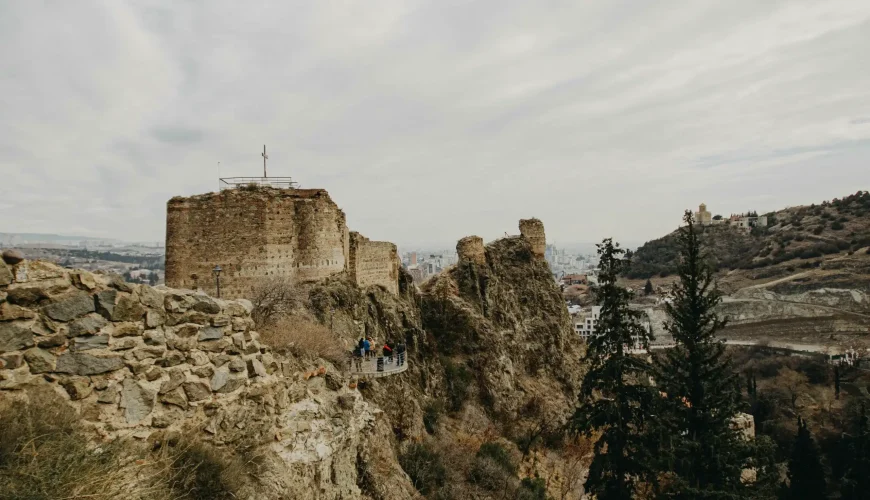
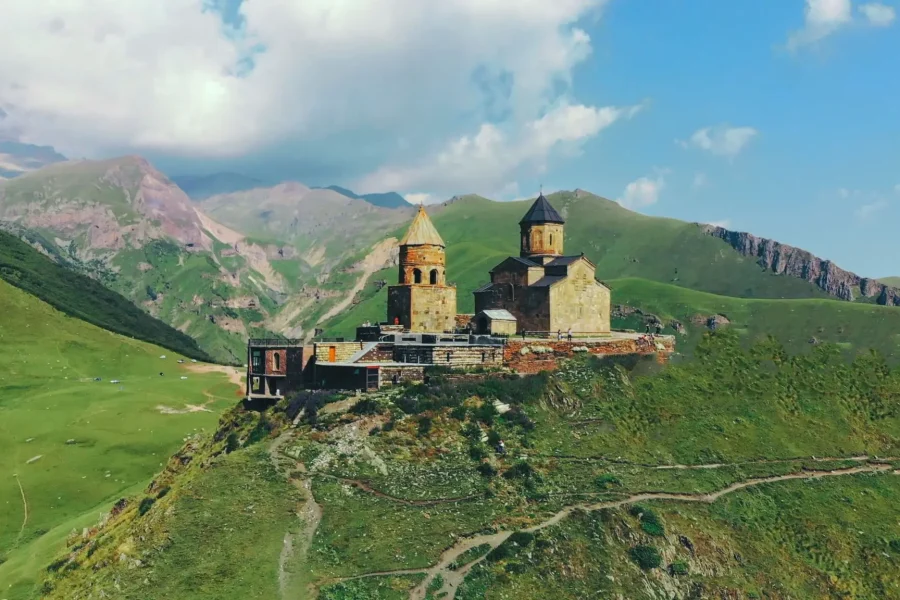
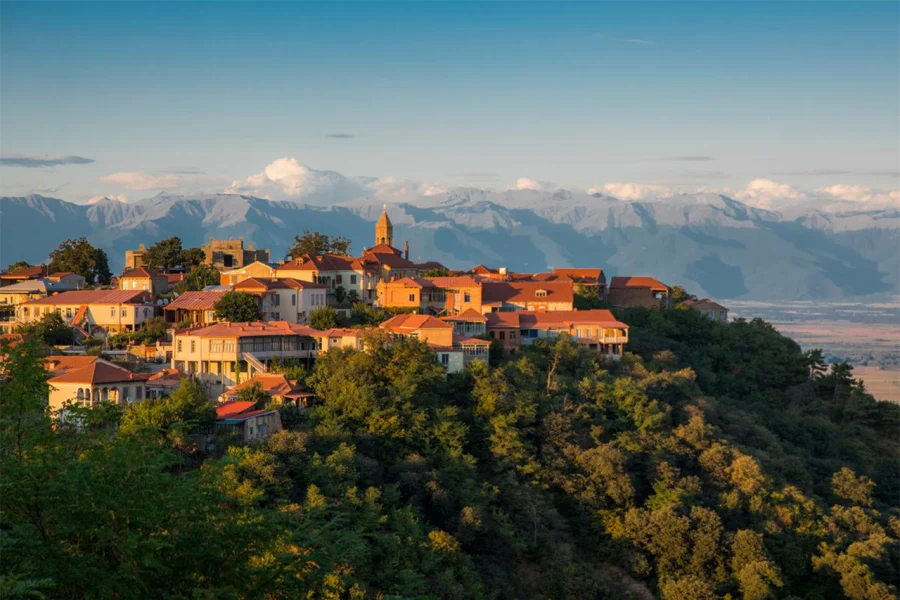
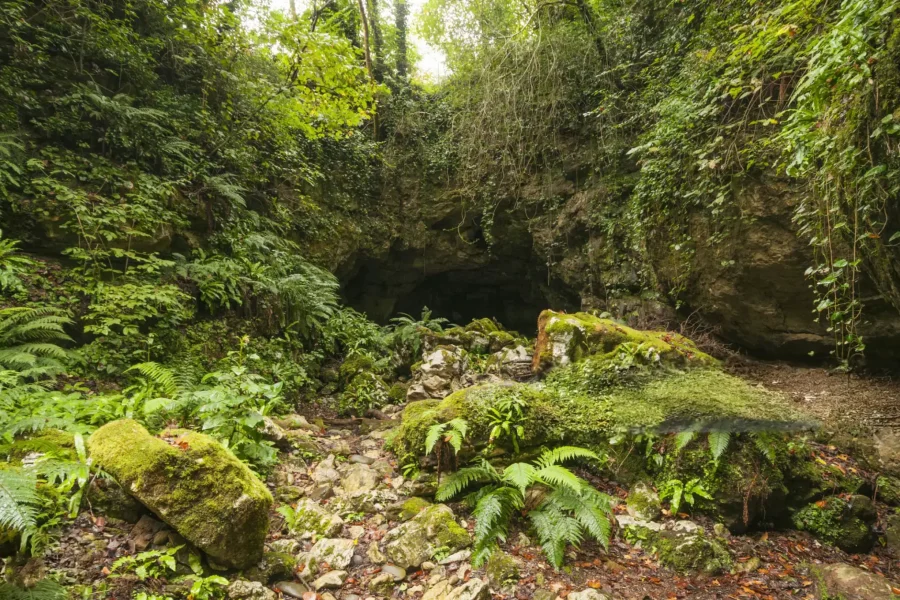
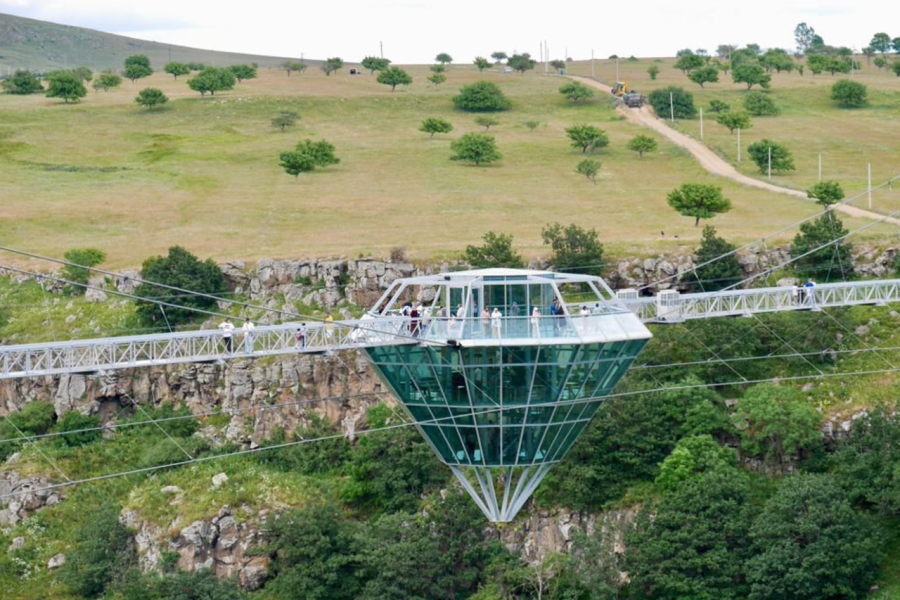
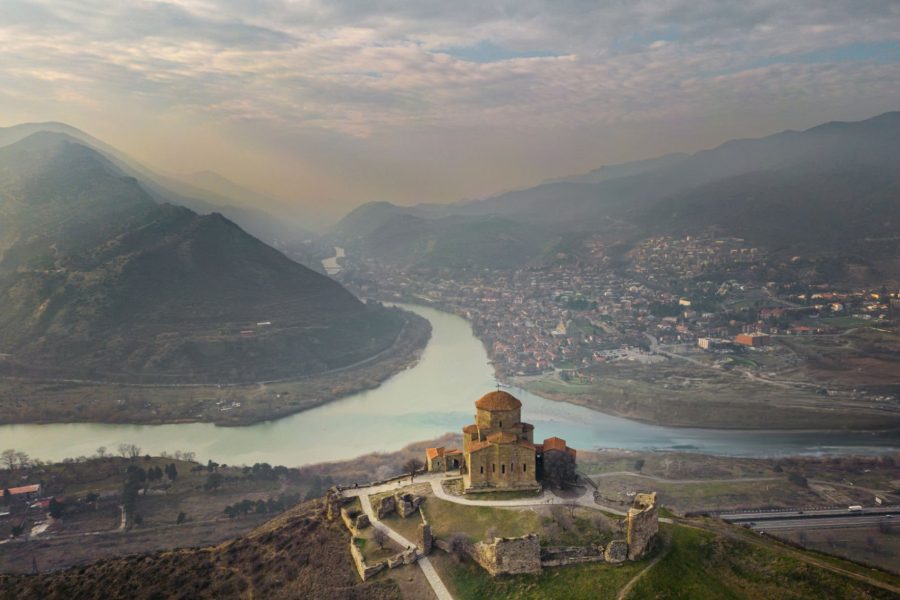
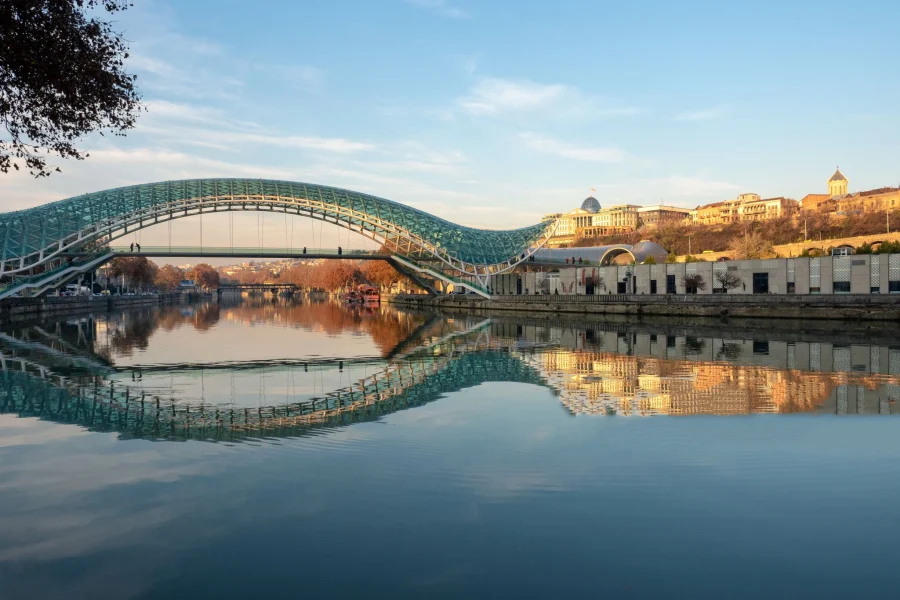
0 Comment